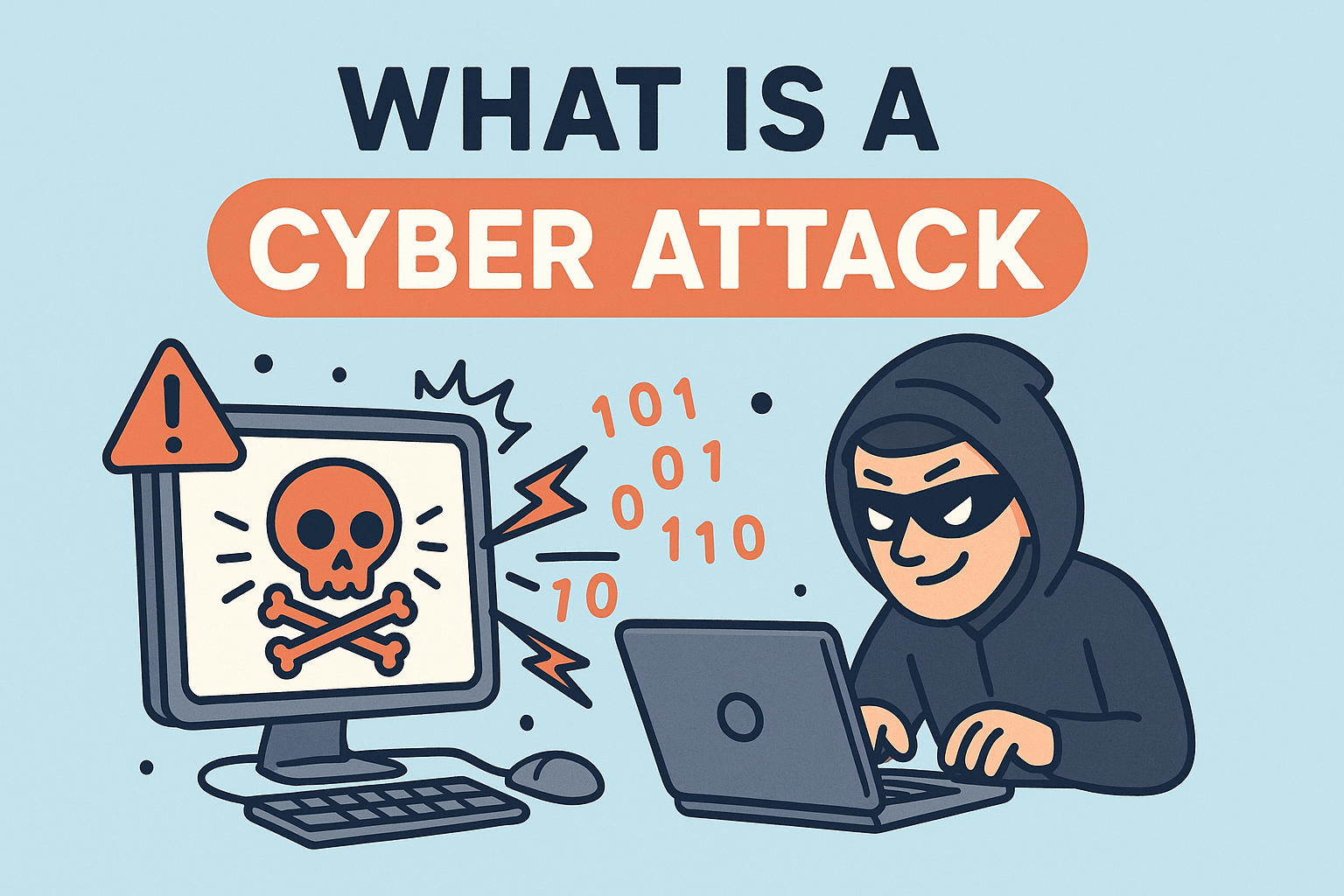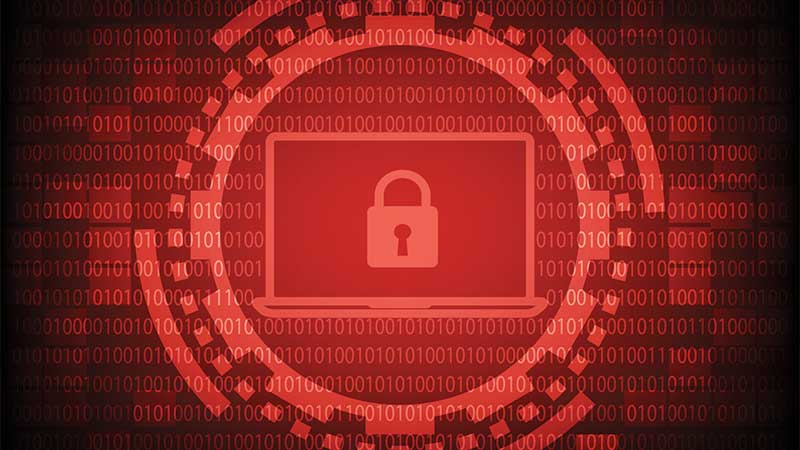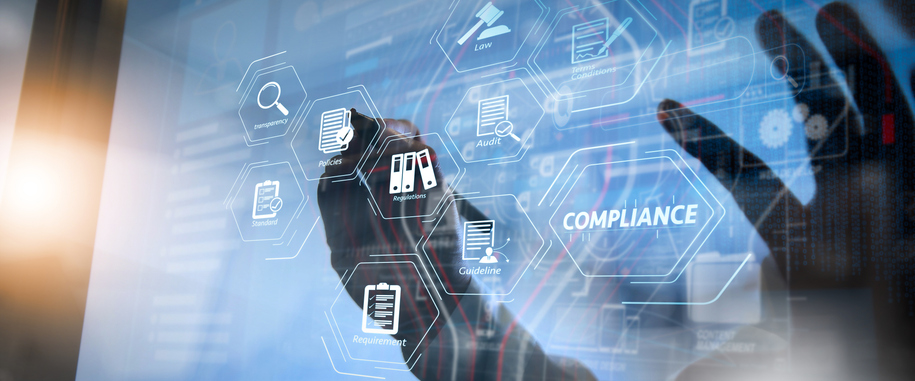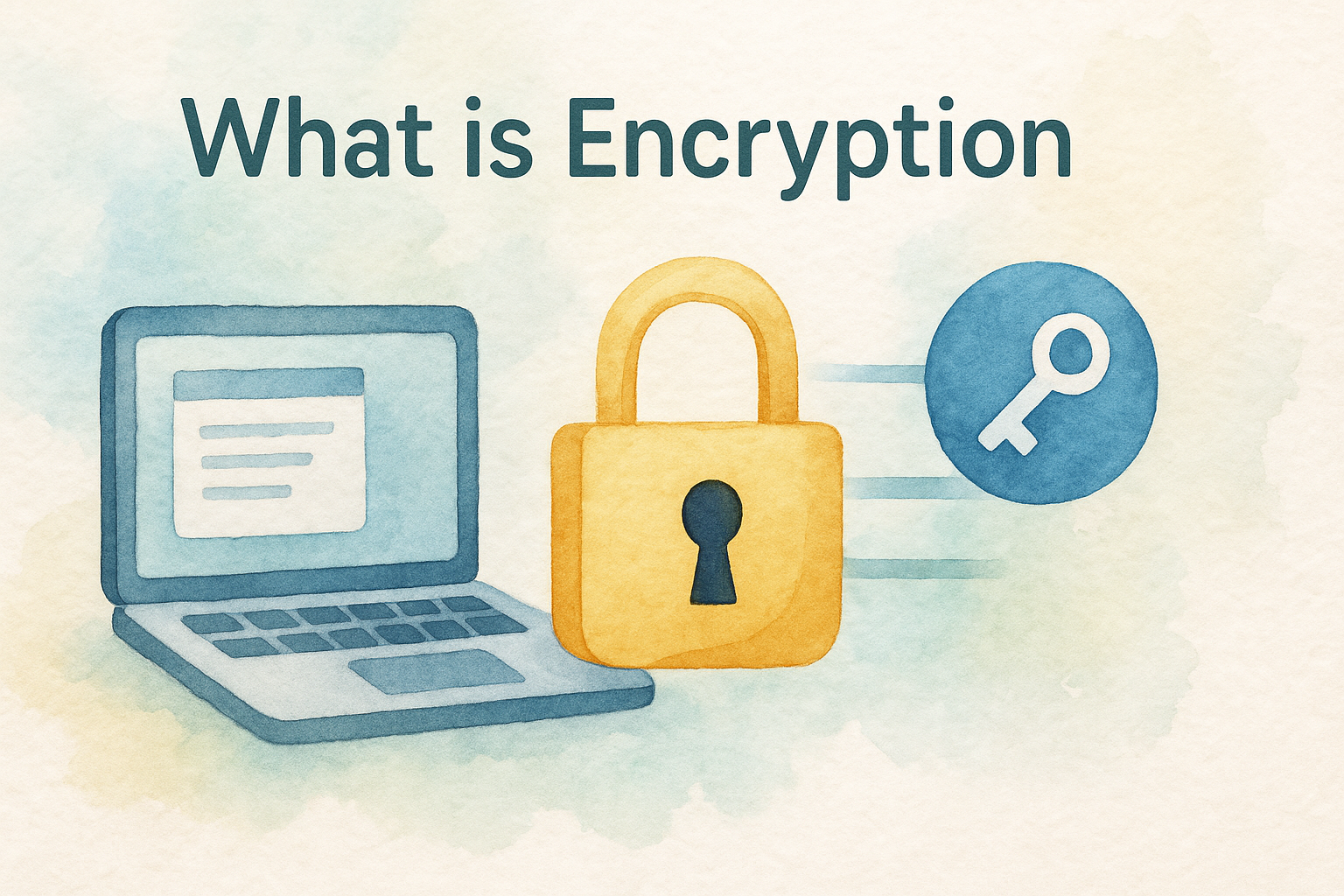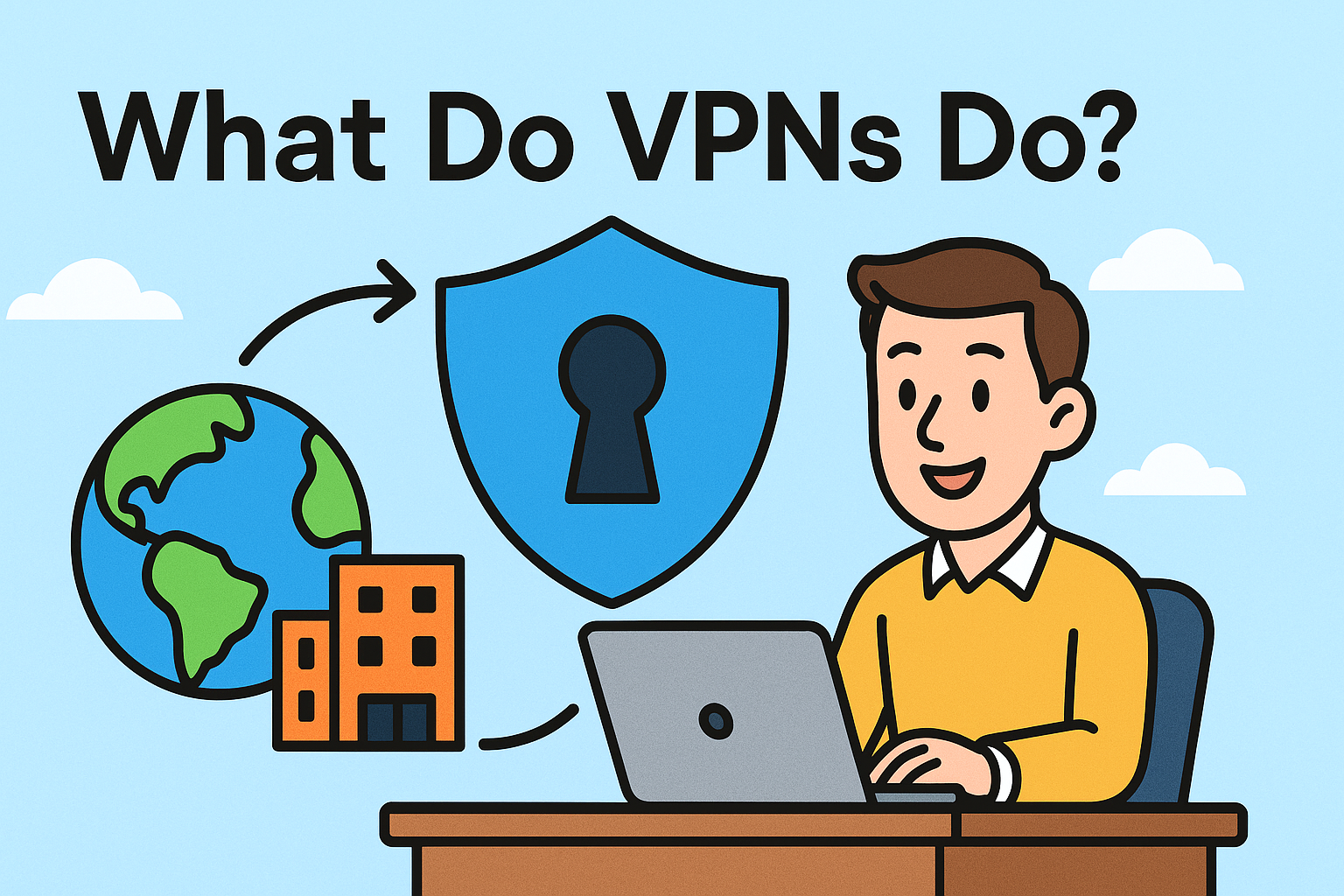What Does ERM Mean? Unlocking Enterprise Risk Management for Secure Growth
Updated on August 5, 2025, by Xcitium

Ever asked yourself what does ERM mean and how it applies to your organization? ERM stands for Enterprise Risk Management, a strategic, organization-wide process that identifies, assesses, and mitigates risks affecting your ability to achieve business objectives.
In cybersecurity and IT governance, ERM serves as a unified framework letting executives, IT managers, and security leaders proactively manage threats—from cyber breaches to regulatory risks—while capitalizing on opportunities.
What Does ERM Mean?
ERM, or Enterprise Risk Management, refers to a holistic approach for understanding and managing risks at the corporate level. It ensures alignment between risk appetite and strategic goals, with oversight from leadership and board-level governance.
Why ERM Matters—Holistic Risk View
Traditional risk management often lives in silos. ERM breaks these silos by viewing:
- financial, operational, regulatory, strategic, compliance, and cybersecurity threats together
- risks as both threats and opportunities
- risk strategy as part of long‑term value creation
Core Elements of an ERM Framework
Based on frameworks like COSO and ISO 31000, ERM includes these interrelated components:
- Governance & Culture: Executive-driven tone and risk awareness
- Strategy & Objective‑Setting: Defining goals and risk appetite aligned with corporate strategy
- Risk Identification & Assessment: Cataloging threats and quantifying likelihood/impact
- Risk Response & Control Activities: Mitigate, accept, transfer, or avoid risk using consistent controls
- Information, Communication & Monitoring: Real-time reporting and review loops for risk governance
ERM in Cybersecurity Context
Cybersecurity is no longer just an IT concern—it’s a core part of ERM:
- Cyber threats now categorize alongside strategic, compliance, and financial risks.
- NIST’s IR 8286 guides integrating cybersecurity into ERM processes
- ERM enables risk quantification, cross-silo visibility, and enterprise-wide alignment on cybersecurity mitigation strategies
Real-World Benefits of ERM
Implementing ERM delivers:
- Stronger decision-making: Leadership plans with full visibility of interlinked risks
- Clearer stakeholder confidence: Transparent risk reporting builds trust
- Smarter resource allocation: Prioritize threats by severity and risk appetite
- An innovation mindset: Recognize opportunities within risk parameters like cyber expansion or new markets
ERM vs ERP—What’s the Difference?
Though often confused with Enterprise Resource Planning (ERP), ERM serves a different role:
- ERM focuses on identifying and managing risks to strategy and operations
- ERP integrates business processes across finance, HR, manufacturing, and CRM functions
ERM and ERP complement each other—ERM uses risk-aware insights to inform operational decisions executed in ERP systems.
How to Implement ERM in Your Organization
Step-by-Step Guide:
- Secure executive sponsorship—CRO or C-level support
- Establish a common risk language and appetite across the business
- Build a comprehensive risk inventory
- Quantify risks, prioritize via likelihood/impact
- Define responses: avoid, mitigate, transfer, or accept
- Assign risk owners and integrate controls
- Report metrics and review performance routinely
- Embed continuous improvement and update risk strategy
Challenges in ERM Adoption
- Cultural resistance and siloed functions
- Difficulty linking risk outputs with actual strategy
- High initial setup costs and subjective scoring issues
- Technical hurdles in integrating cyber and physical risk data
Address these by building cross-functional teams, focusing on measurable outcomes, and demonstrating top-down value.
Why ERM Is Critical for IT and Cyber Leaders
- Elevates cybersecurity risk into board-level strategy
- Enables unified view of threats—phishing, ransomware, IP exposure, vendor risk
- Supports compliance (e.g., SOX, GDPR, PCI-DSS) via coordinated controls
- Improves resilience and response agility
ERM gives security teams the framework to speak in enterprise risk language, not just technical terms.
Final Thoughts
Knowing what ERM means and implementing it effectively transforms risk from a reactive burden into a strategic asset. For cybersecurity, IT, and business leadership, ERM ensures you can anticipate threats, align resources, and support sustainable growth.
Call to Action
Want to integrate cybersecurity risk into your enterprise risk management strategy?
👉 Request a Free Demo from Xcitium—discover how our platform aligns threat insights, compliance automation, and risk analytics to your ERM framework.
FAQ: Frequently Asked Questions
Q1: What does ERM stand for?
It stands for Enterprise Risk Management, an organization-wide process to manage both threats and opportunities.
Q2: Is ERM only for large corporations?
No—ERM principles scale across industries and size, offering strategic risk oversight even for small and medium enterprises
Q3: Which frameworks are used for ERM?
Popular ones include COSO ERM, ISO 31000, and domain-specific models like NIST RMF for IT security.
Q4: How does cybersecurity integrate into ERM?
By using frameworks like NIST IR 8286 and ensuring threat data feeds into risk registers and board reporting cycles
Q5: What roles support ERM implementation?
Critical roles include Chief Risk Officer (CRO), internal audit, compliance teams, IT/security leadership, and board-level oversight.






